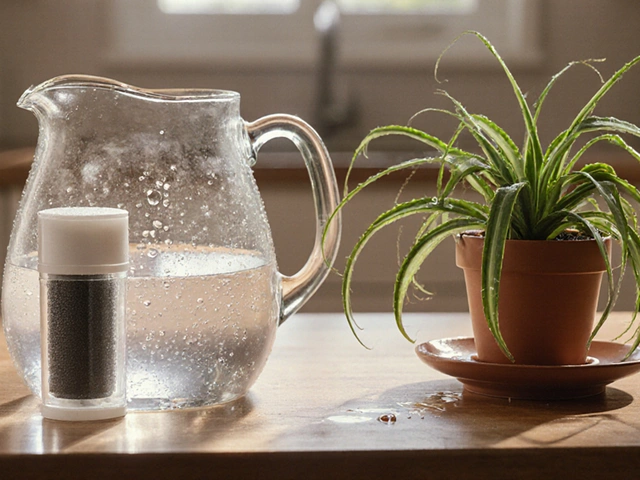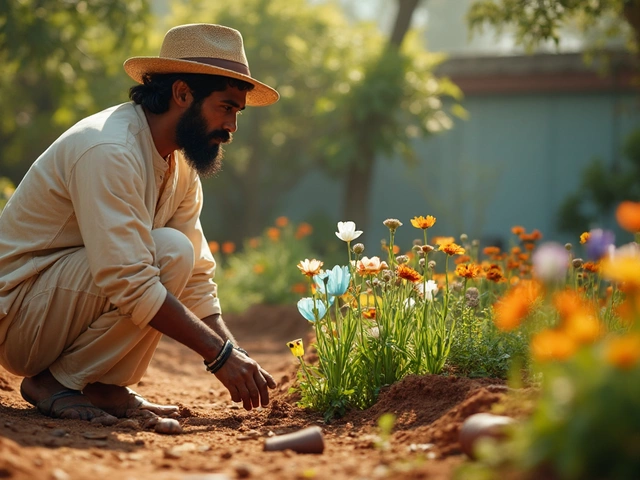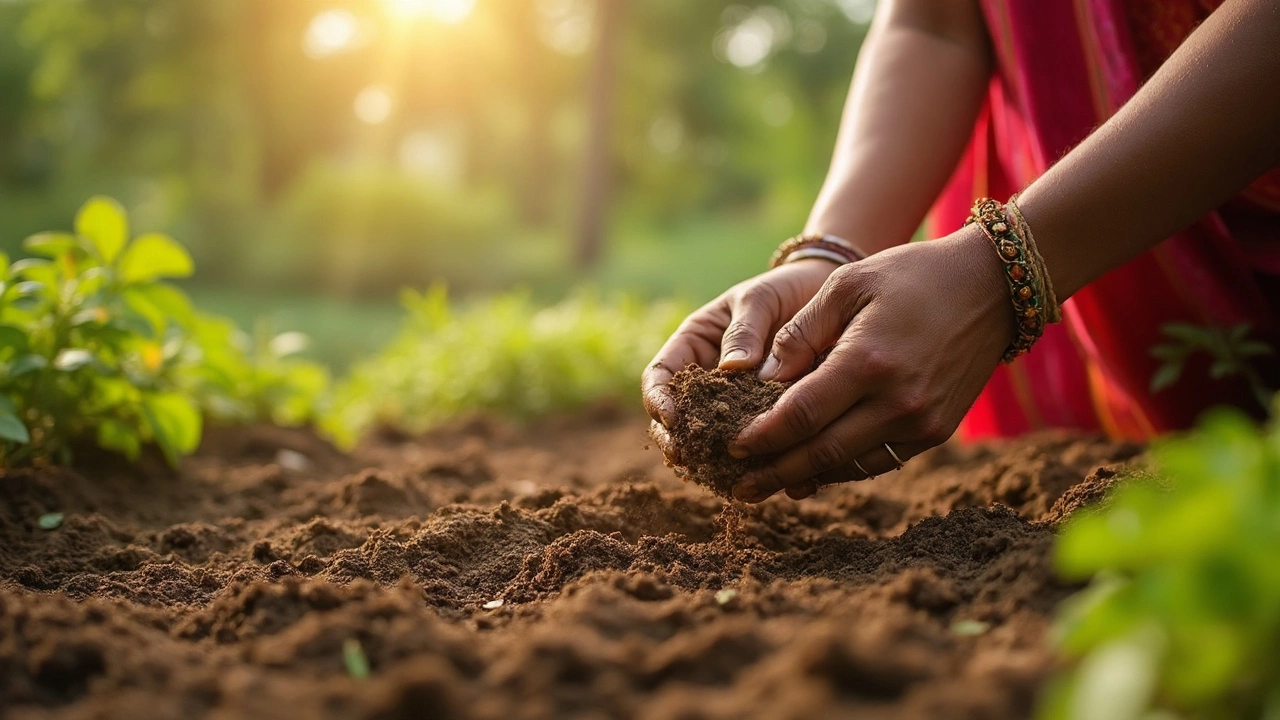Refresh Garden Soil – Quick Ways to Bring Life Back to Your Bed
Feeling like your garden soil is tired, heavy, or just not giving you the results you want? You’re not alone. Most gardeners notice a drop in vigor after a few seasons of planting the same spot. The good news? You can revive that soil without digging a whole new plot. Below are the most effective, low‑cost tricks you can start today.
Add Organic Matter – The Heartbeat of Healthy Soil
The fastest way to boost soil structure is by mixing in organic matter. Compost, well‑rotted farmyard manure, or kitchen waste that’s turned into humus all work wonders. Spread a 2‑3 inch layer over the soil surface and work it in with a spade or garden fork. You’ll notice looser soil, better water retention, and more food for microbes that help plants grow.
Balance pH and Nutrients – Give Plants the Right Chemistry
Most garden plants thrive in slightly acidic to neutral soil (pH 6.0‑7.0). Grab a simple soil test kit from a local store, dip it into a sample, and read the result. If the soil is too acidic, sprinkle some garden lime; if it’s too alkaline, add elemental sulfur or a small amount of organic peat. After adjusting pH, sprinkle a balanced organic fertilizer (like 10‑10‑10) to fill any nutrient gaps.
When you add fertilizer, follow the label – usually a handful per square meter works. Over‑feeding can burn roots, so less is often more.
Besides pH, consider specific amendments for texture problems. Sandy soils benefit from a few inches of compost and a bit of fine mulch to hold moisture. Clay soils get a boost from adding coarse sand (no more than 20% of the total mix) and plenty of organic matter to break up compacted clumps.
For soils that feel hard and compacted, try a simple aeration trick: poke a few holes with a garden fork or an aerator tool. This lets air and water reach the roots more easily. You can also plant a cover crop like clover or mustard for a season – the roots break up the soil while adding nitrogen.
Mulching is another hidden hero. A 2‑inch layer of straw, shredded leaves, or wood chips protects the soil from drying out, suppresses weeds, and slowly adds organic material as it breaks down. Just keep mulch a few centimeters away from the plant stems to avoid rot.
Finally, think about crop rotation. If you grow the same vegetable in the same spot year after year, pests and diseases can build up. Rotate families – tomatoes, peppers, and eggplants together, then move them to a different bed next season. This simple change reduces soil‑borne problems and keeps nutrients balanced.
Putting these steps together creates a cycle of improvement. Start with a compost layer, test and adjust pH, aerate if needed, mulch, and rotate crops. Within a few weeks you’ll see seedlings sprout stronger, leaves stay greener, and harvests get bigger.
So next time you walk through your garden feeling discouraged, remember you have the power to refresh that soil. A few hands‑on actions, a bit of patience, and the right organic goodies will turn tired earth into a thriving home for your plants.
Revitalize Your Garden: Proven Ways to Refresh Tired Soil Fast
Stop struggling with poor plant growth! Learn how to refresh old garden soil with step-by-step tips, simple science, and easy fixes for long-lasting results.
About
Gardening
Latest Posts


Why Wash Rice Before Cooking? The Real Reasons Revealed
By Alden Thorne Jun 20, 2025

How Many Drippers Can I Run on One Line? Drip Irrigation Limits Explained
By Alden Thorne May 29, 2025

Hardest Flower to Grow: Top Challenge for Indian Gardeners
By Alden Thorne Jun 5, 2025

